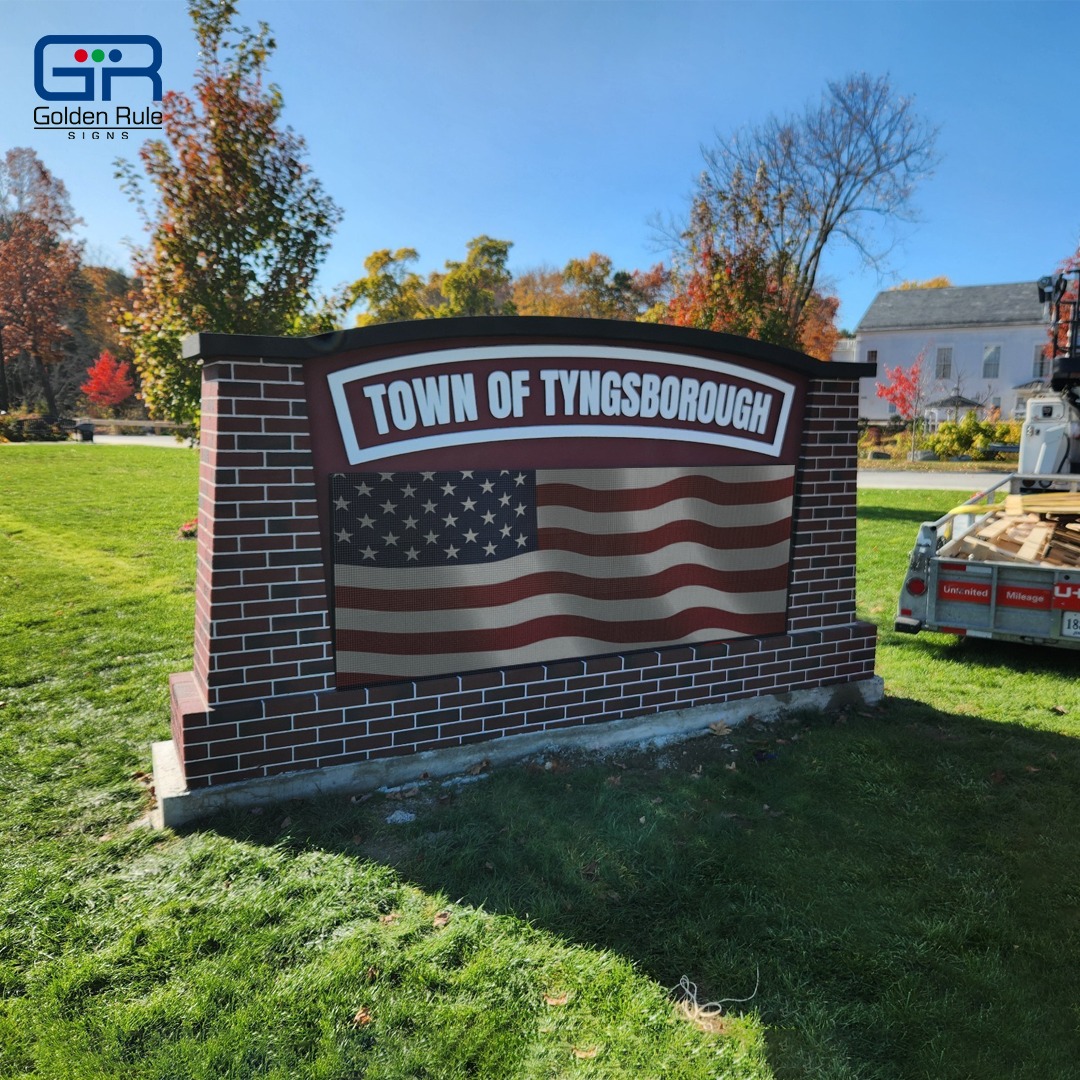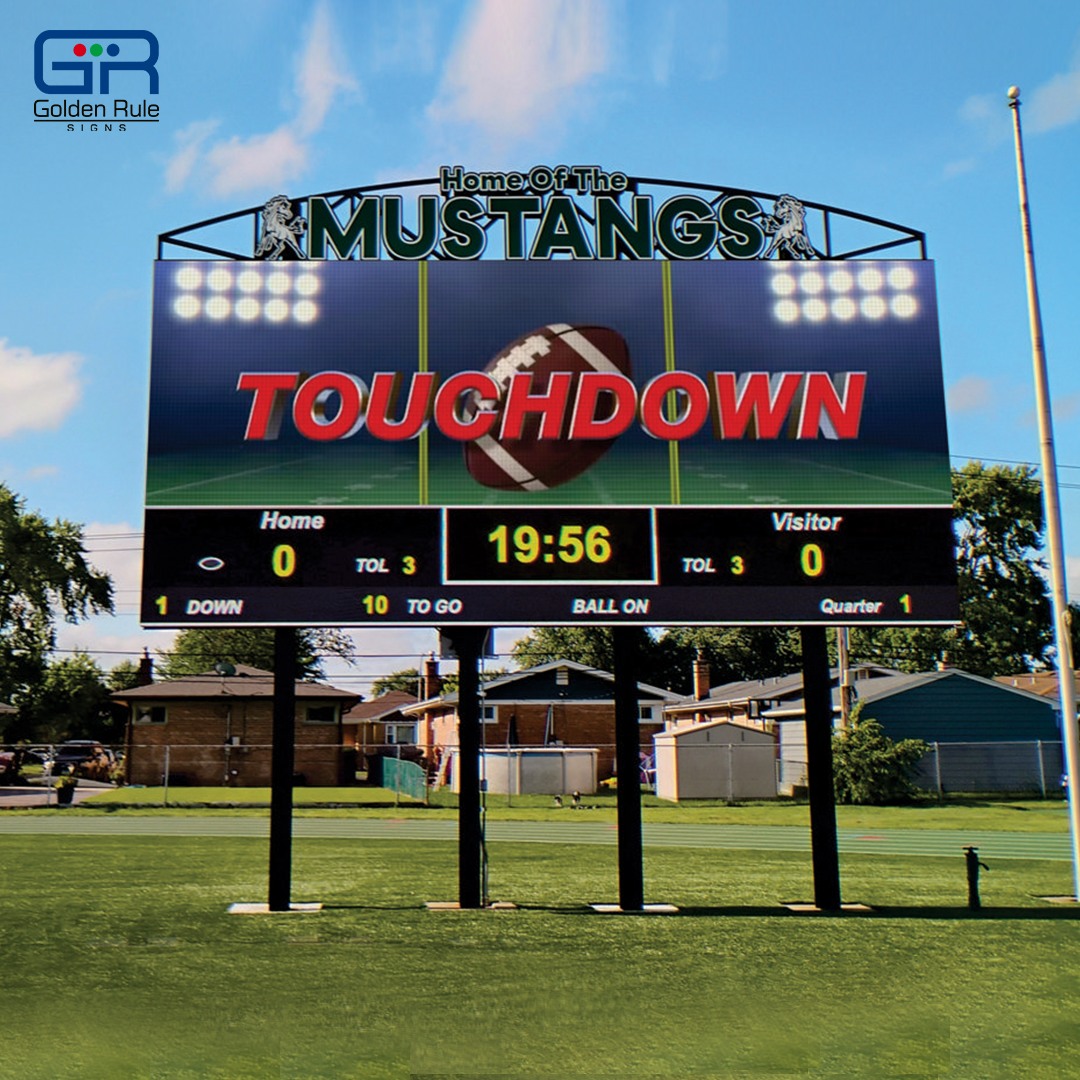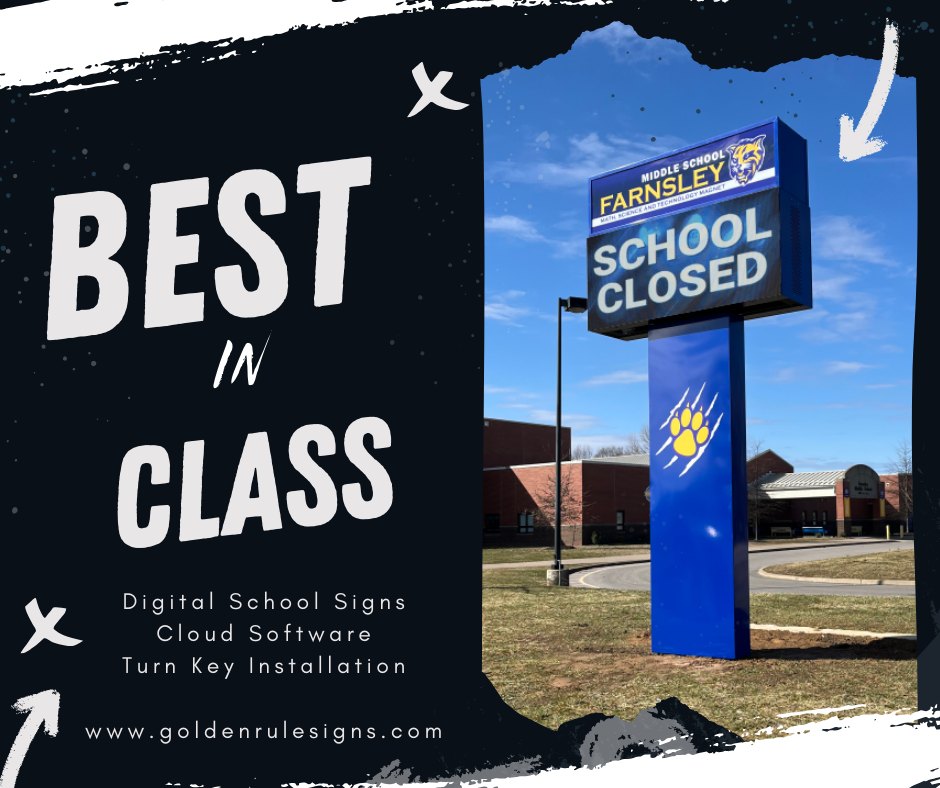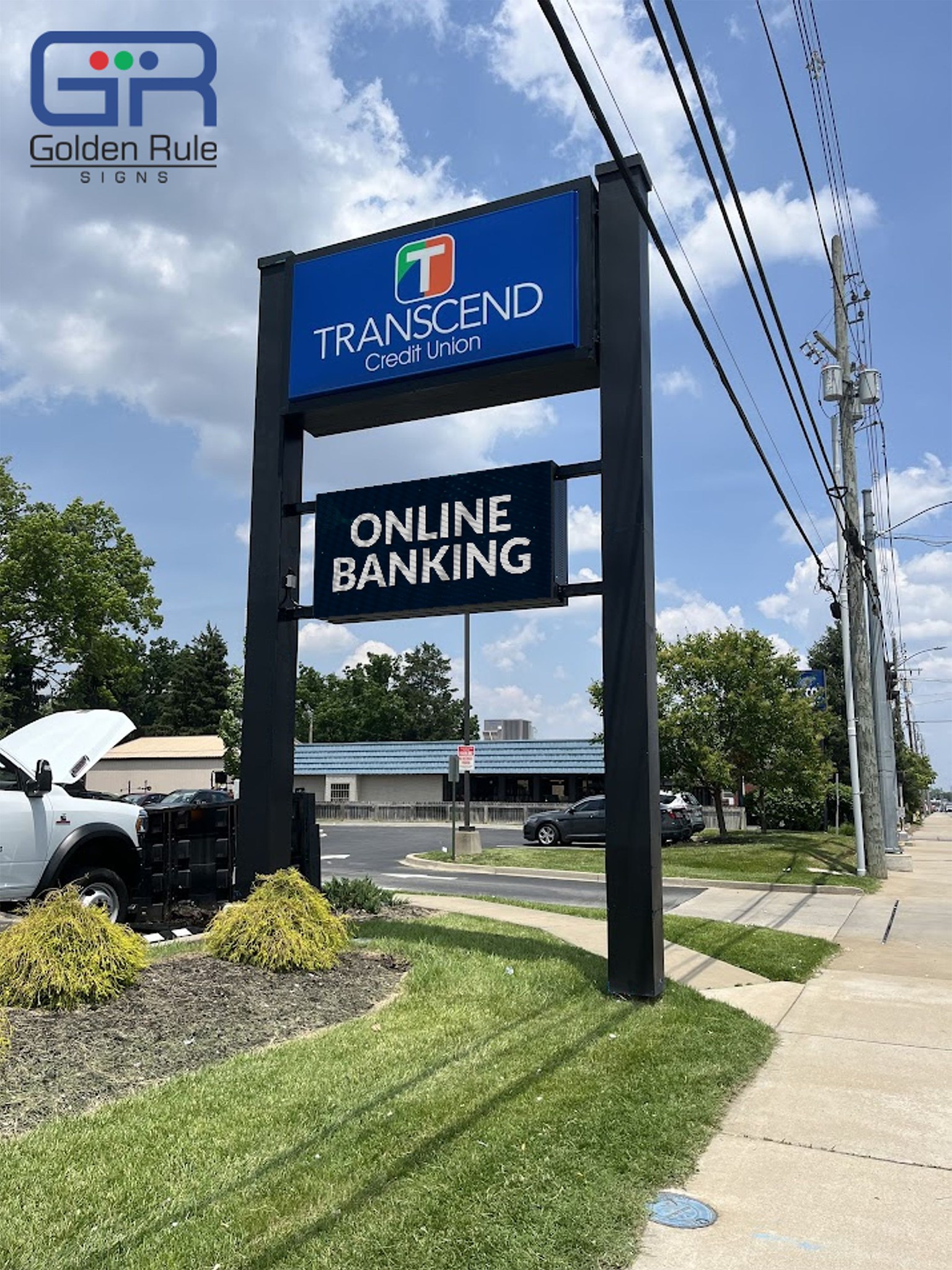Alright – so today we’ve got the honor of introducing you to Logan Baker. We think you’ll enjoy our conversation, we’ve shared it below.
Logan, looking forward to hearing all of your stories today. Talk to us about building your team? What was it like? What were some of the key challenges and what was your process like?
It was just me for the first 4 years. I learned to grind. Morning workouts gave me clarity and invigoration, straight to the office early to crush emails and tasks, and then hit the phones prospecting. Uber eats or Grub hub didn’t exist yet so lunch was frequently a Jimmy Johns “unwhich”. Then after prospecting I’d start making and emailing quotes and proposals to customers, often into the evening when I performed what little administrative work I was disciplined enough to perform. This practice and mindset where my hands were on everything was necessary to get the ball rolling but became a hinderance when I needed to scale beyond myself. It was not in my nature to let go, to delegate, or to trust. My mentor encouraged me and he was right. Over the next few years I built a team and the business tripled. The interview process was typically 1on1 traditional style interviews. But one of my earliest hires is still with us, she’s a graphic designer in Serbia. I hired her 15 years ago-long before remote staff were as popular as they are now. I didn’t go to Wharton (yet), and so there was as much failure as success in building a team. Many lessons were learned – the most valuable of which were “hire slow, fire fast”, and “hands off as much as possible, hands on as much as necessary”, and lastly “culture eats strategy for breakfast”. I’m blessed to be surrounded by an awesome team; not without our challenges or opportunities, but still awesome.
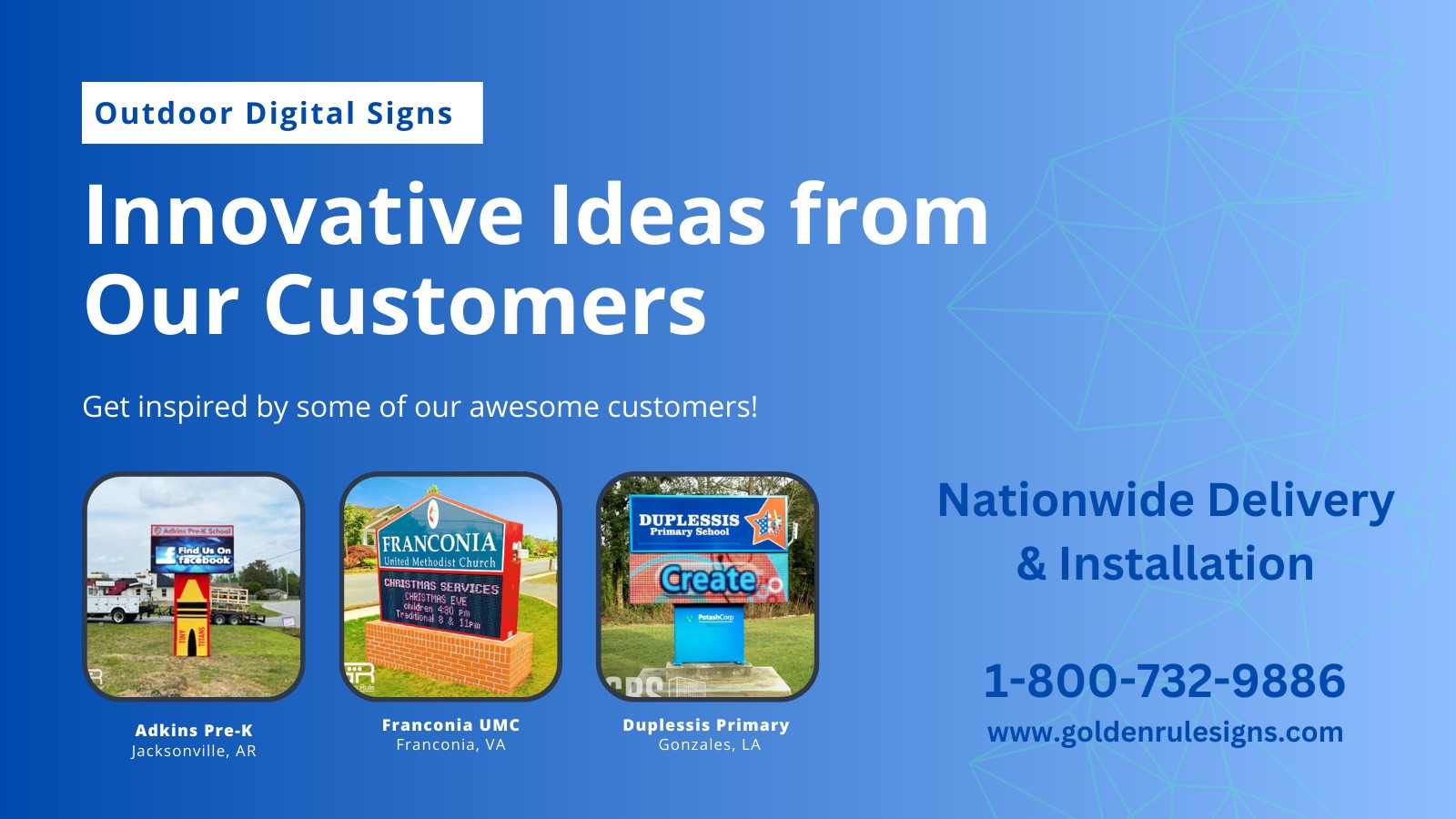
As always, we appreciate you sharing your insights and we’ve got a few more questions for you, but before we get to all of that can you take a minute to introduce yourself and give our readers some of your back background and context?
When I was in college, I went to work for a sign and scoreboard company. I did well there and found myself enjoying work more than school. While most of my friends spent spring break in Daytona Beach, I was flying from Nashville to Houston, Muskegon, and Miami to make sales calls. That’s when the bug bit.
After graduation, I took a new position to earn more and be closer to home, but quickly discovered the company wasn’t what it claimed to be. Three months later, I walked away. I sold my house, put my savings into cash envelopes (thank you, Dave Ramsey), and moved into a Section 8 apartment where one bedroom became my office. I trusted my experience and instincts—and landed my first sale.
From that gritty beginning, I’ve built a multi million dollar company that designs, manufactures, and installs electronic LED signs and custom displays across the country. We solve problems for schools, churches, and businesses who want to communicate clearly and look good doing it. What sets us apart is that we don’t just sell signs—we guide our clients through the entire process, from permits and engineering to installation and long-term support.
I’m proud of the team that’s grown with me. They’re experts who care about doing things the right way, and together we’ve earned a reputation for honesty, reliability, and customer-first service in an industry that isn’t always known for those traits.
If there’s one thing I’d want readers to know, it’s this: our work is about more than signs. It’s about helping communities share their message, celebrate milestones, and feel proud of the image they project.
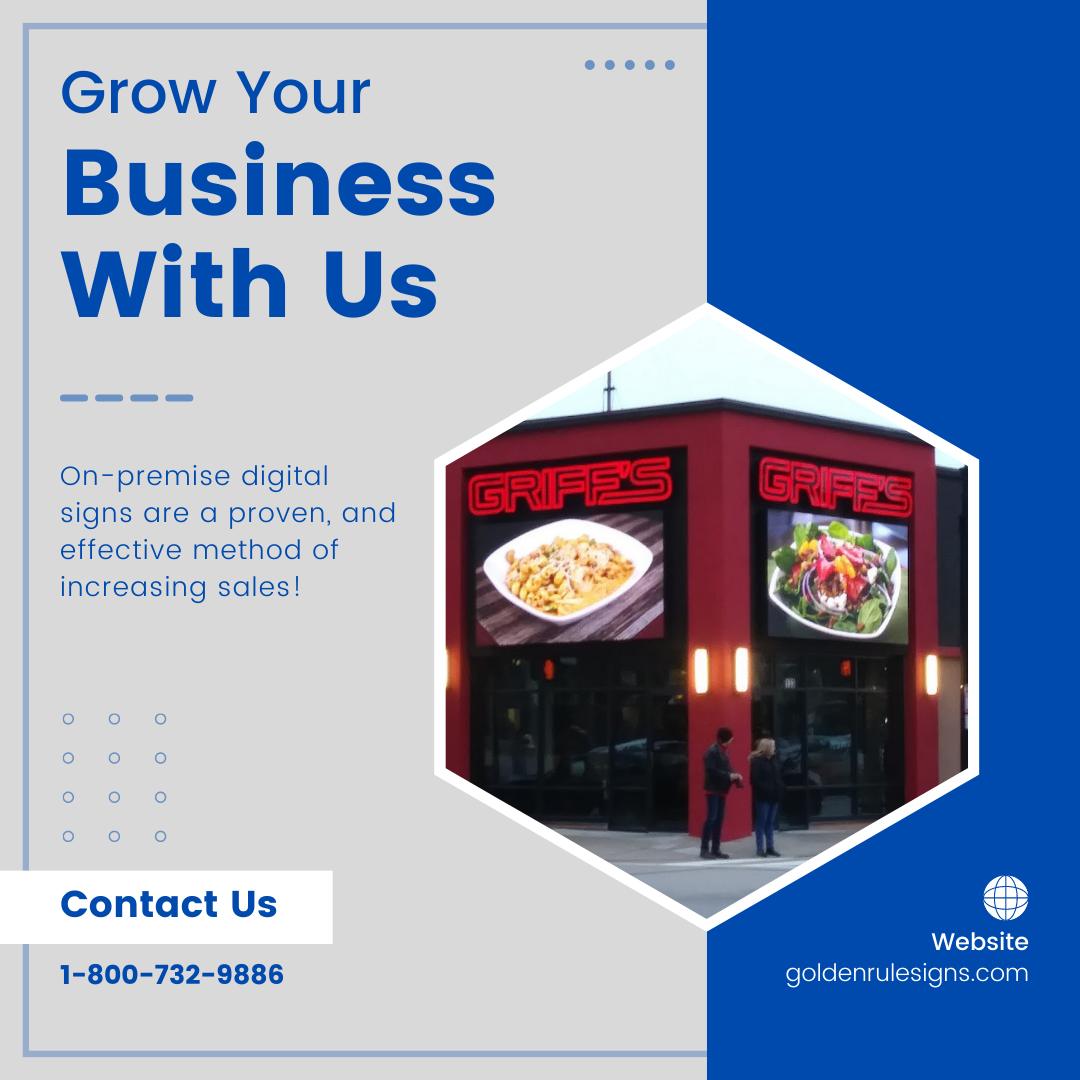
How’d you build such a strong reputation within your market?
Our reputation has really been built by living our values. We aim to wow the customer in every interaction, whether that’s delivering ahead of schedule, solving a tricky problem, or just being present and responsive when others might not be.
We also keep “do the right thing” front and center. That’s meant owning mistakes, standing behind our work, and sometimes absorbing costs to make sure the customer feels taken care of. In the long run, that honesty pays back tenfold in trust.
Another key is remembering that people are our most important asset. Our team members are the ones who bring ideas, solve problems, and build relationships. If they feel supported and valued, they pass that same energy on to our clients.
We’ve never set out to be the biggest—but we do strive to be the best. That focus has kept us disciplined and has drawn the kind of customers who value quality and partnership over just price.
Finally, pursuing continual improvement means we never get comfortable. Each project, each year, we look for ways to refine our process, upgrade our products, and better serve our partners. Over time, those small steps forward have added up to a reputation we’re proud of.

How do you keep your team’s morale high?
For us, the biggest breakthrough in managing a team and keeping morale high has been adopting a structured operating system—EOS (Entrepreneurial Operating System). It gives us a clear framework for setting goals, tracking progress, and solving issues quickly. That structure creates confidence for the team, because people know what’s expected and where we’re going.
I also believe in the old saying: what gets measured gets managed. When you measure the right things, it keeps the team focused, but it also gives you the chance to celebrate wins along the way. Hitting a goal isn’t just about numbers—it’s about showing people that their work matters and that progress is happening.
Morale comes from clarity and accountability, but it’s sustained by recognition. EOS helps us keep both in balance: we measure performance so we can manage effectively, and we keep our values front and center so people feel proud to be part of the mission.
Contact Info:
- Website: https://goldenrulesigns.com/
- Instagram: https://www.instagram.com/goldenrulesigns/
- Facebook: https://www.facebook.com/goldenrulesigns
- Linkedin: https://www.linkedin.com/company/golden-rule-signs
- Youtube: https://www.youtube.com/goldenrulesigns
